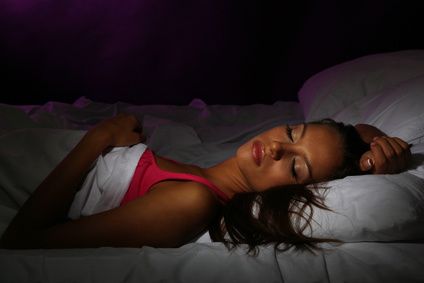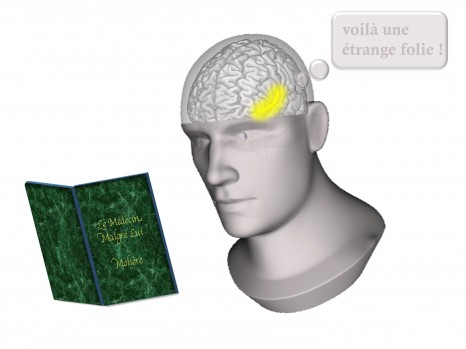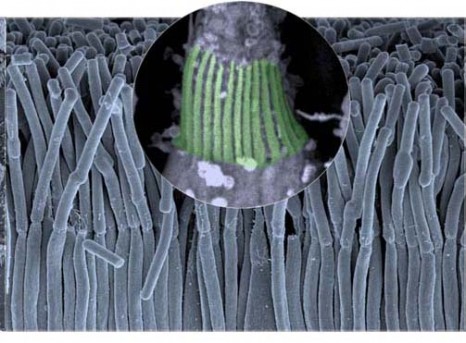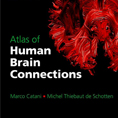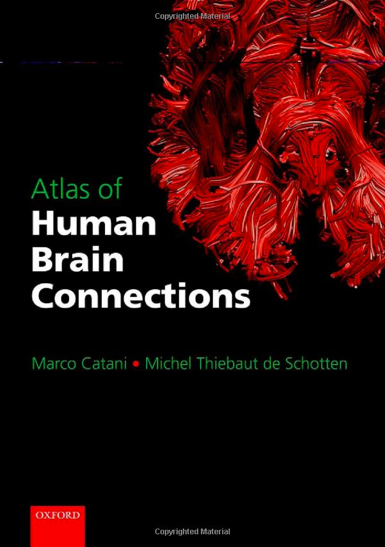Dreams are still a field that is far from being understood by researchers. The mystery is particularly deep with respect to knowing whether people who claim to dream a lot are actually dreaming more than others or whether they are simply more able than others to remember their dreams.
It is currently impossible, using the resources available to researchers, to make this distinction. Yet the INSERM researchers of Unit 1028 “Centre de recherche en neuroscience de Lyon) have succeeded in developing a test that makes it possible to analyse brain activity in small and big dreamers and to draw a few conclusions. Their work has been published in the journal entitled Cerebral Cortex.
To do this, they used electrodes to record brain activity in two groups of volunteers, those who very often remembered their dreams and those who remembered them rarely. To obtain brain activity that was analysable by the researchers they subjected them to sounds while they were asleep and during the day.
An analysis of the electrical signals from the brain exhibited a significant difference in the responses produced by sounds in the small and big dreamers, not only during sleep but even when they were awake.
They suggest that the people who often remember their dreams have a special type of brain organisation in each state of awareness, whether during sleep or when they are awake, and this promotes either dreaming or the memory of a dream. These results do not support the hypothesis that has prevailed since the 1960s suggesting a strong link between dreaming and paradoxical sleep , with “different” brain function in small and big dreamers.
These observations appear to support a different hypothesis, namely that we cannot remember anything while dreaming. The memory of dreams is rather associated with phases of micro-awakening during sleep.
This theory is confirmed by the results obtained by researchers because “big dreamers” accumulate an average 15 minutes of wakening during the night, as opposed to five minutes for small dreamers. It remains to be discovered why certain people wake up for shorter or longer periods during the night.
Another of the researchers’ findings suggests that big dreamers wake up more often during the night because they are more sensitive to noise in the environment.
Their brains are more “reactive” to the environment or “distractible” than those of the people who dream little.
©Fotolia

